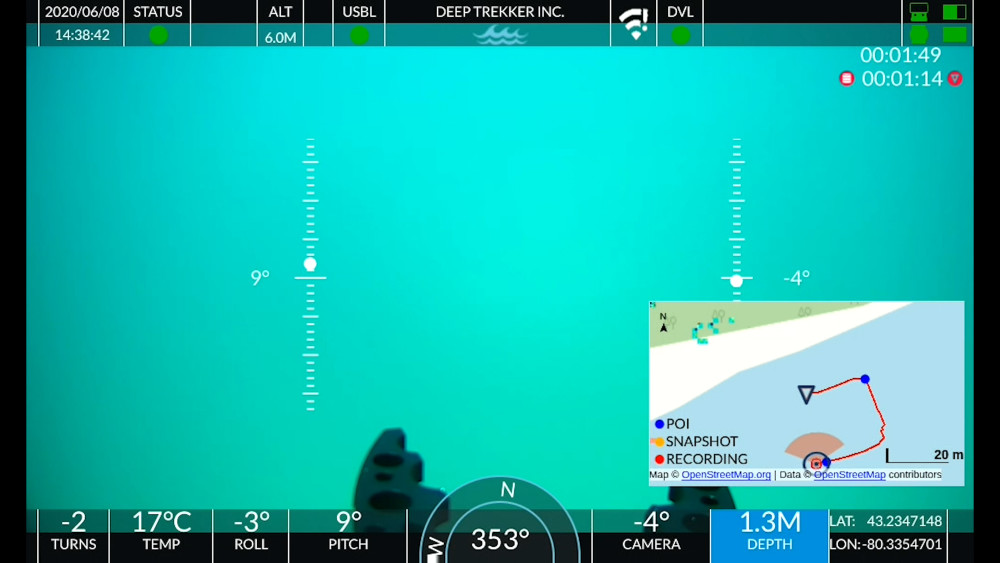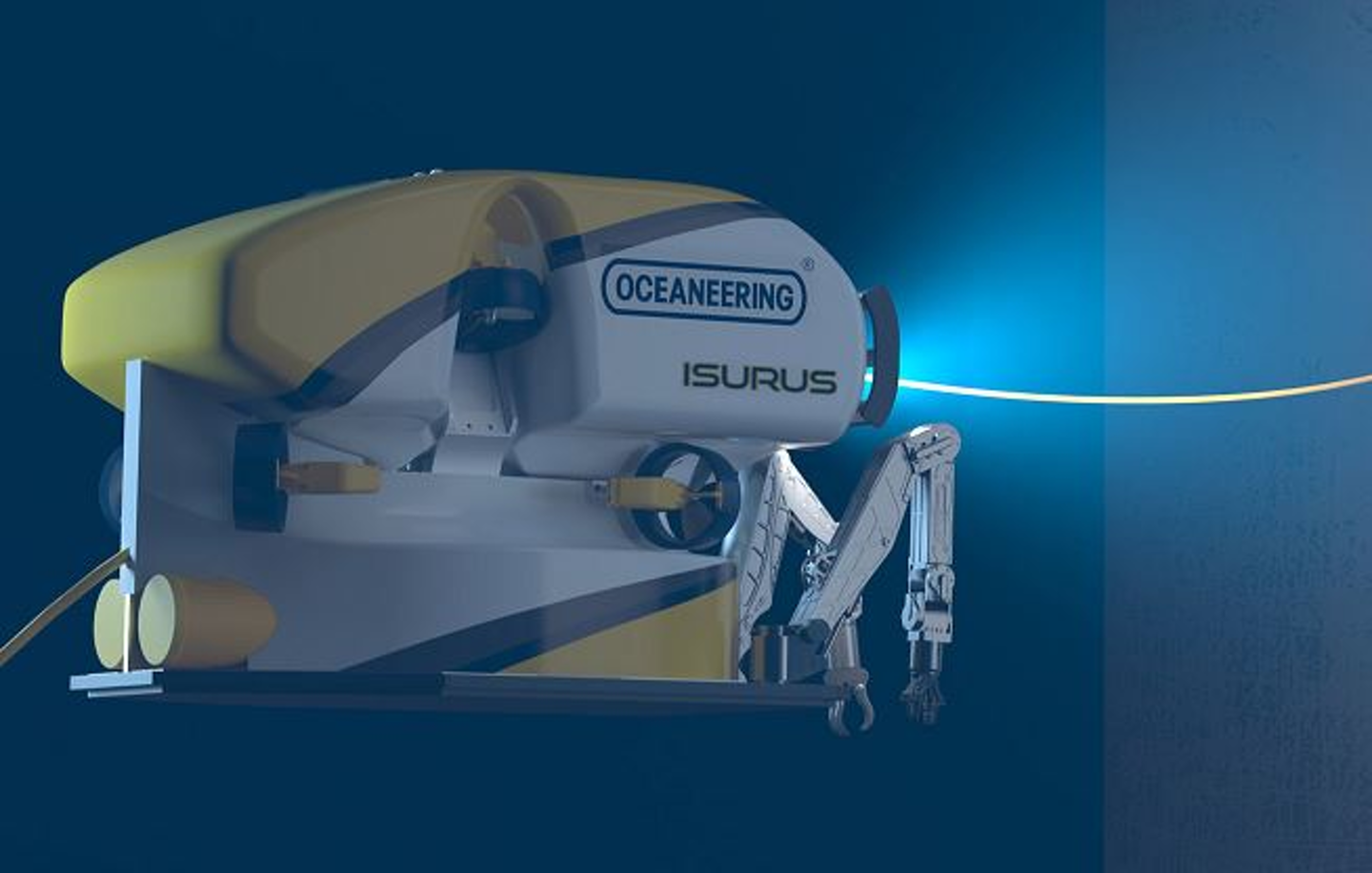Home › Forums › ROV › Self/Home Build ROV Discussions › Potting electronics
- This topic has 3 replies, 3 voices, and was last updated 12 years, 7 months ago by
Jean Bizard.
-
AuthorPosts
-
September 28, 2011 at 8:15 am #4561
Jean Bizard
ParticipantHi guys,
I have been a robotics hobbyist for some years now, and after spending these years designing wheel robots I’d like to try something new, and I would like to get my feet wet in submarine robotics (bet you could guess that). My ambition would be to make a ROV with vectored thrust, a bit the same pattern that the AC-ROV with direct-driven propellers on motors. There would be a tether for information transfer and power, which I’ll manage to equilibrate in water one way or another.
I’ve been spending some time browsing the internet to get information on how to do that, including reading carefully this forum and others.
I think I have a good idea on how to design structures and attach the thrusters on it, now my main concern is about electronics. I’m able to design my own PCBs and build them, but the "machine-tools" (if you may call them so… =/) I got available do not allow me designing neatly a water tight box to put them in.
So when reading this tutorial for potting a camera, I thought "hey, why not potting the whole PCB after all ??" So I thought potting my PCBs in a ball of potting material (shaped in a film bag using modeling paste or such) to place it in the middle of my ROV with the thrusters around, and electrical wires coming out of it directly attached to the PCB (stripped as in this other tutorial).This way, forget about any tight box.. I think this is simpler this way. But what do you think of it guys ? Do you see it as a viable solution ?
Cheers
J-Bi
September 28, 2011 at 11:21 am #31522Donald Faulds
ParticipantPotting electronics shows a lot of confidence that you have got it right and never need to adjust! Potting is fine for some things ….. but it doesn’t protect from deep sea pressure and keeps the heat in.
The best solution is generally to use oil filled boxes with depth compensation bladders. Obviously the electronics needs to be compatible with oil fill. There are a few standard components that can’t take the pressure and a few that can’t take the oli.
cheers
🙂September 28, 2011 at 8:02 pm #31523Ray Shields
Participantagree, an oil filled box is a better way ahead. it doesn’t need to be that fancy especially in shallow <100m water. You can simply fill a box with oil and attach a length of flexible clear hose filled with oil. The hose will get squeezed with depth and keep a pressure difference between inside and out. Just use an IP65 box.
Also, be aware electrolytic capacitors don’t like oil filled boxes 😉
September 29, 2011 at 10:17 am #31524Jean Bizard
ParticipantHi guys,
Thanks for your replies !
Definitely, potting means that you are quite confident in what you’re doing. But I’ve been quite happy with my recent experience in robotics, and plan to use very rugged systems (PIC architecture and the like) that are anyway easy to replace.
I understand that oil filled container is probably the best way – it shouldn’t be different since this is the solution for pretty much every ROV in the market ! No miracle here… Now I’d still want to try that out to see what happens. This I think would be a good way to do something quite small and neat (just a bit more than the size of the board), with a lot of possibilities of adaptation since I may just drill holes in the epoxy to fix things around.DonF, you mention that
but it doesn’t protect from deep sea pressure and keeps the heat in
I agree with the heat topic, I’ll have to plan for some heat transfer rod, sheet or such, made in aluminium / copper, particularly for the power section for motors. However, can you be more specific with the pressure issue ? I’d think that with a good resin (that typically shrinks when drying) pressure isn’t too much an issue.. or is there a possibility that with pressure water slips through cracks or porosities to get to the electronics ? If you have anything that documents this, I’ll be intersted indeed 😉
Don’t get me wrong, I’m not planning on getting down Marianne Trench ! 8) but it’s good knowing the limits of a solution, to know how to have it work proporly, and I haven’t found any info on this subject yet.Thanks for the tip on electrolytic capacitors as well 😉 If there are other components that are critical, please let me know ! I’ll keep the tip of the flexible hose for compensation under hand as well, it may come in handy
Cheers
-
AuthorPosts
- You must be logged in to reply to this topic.



